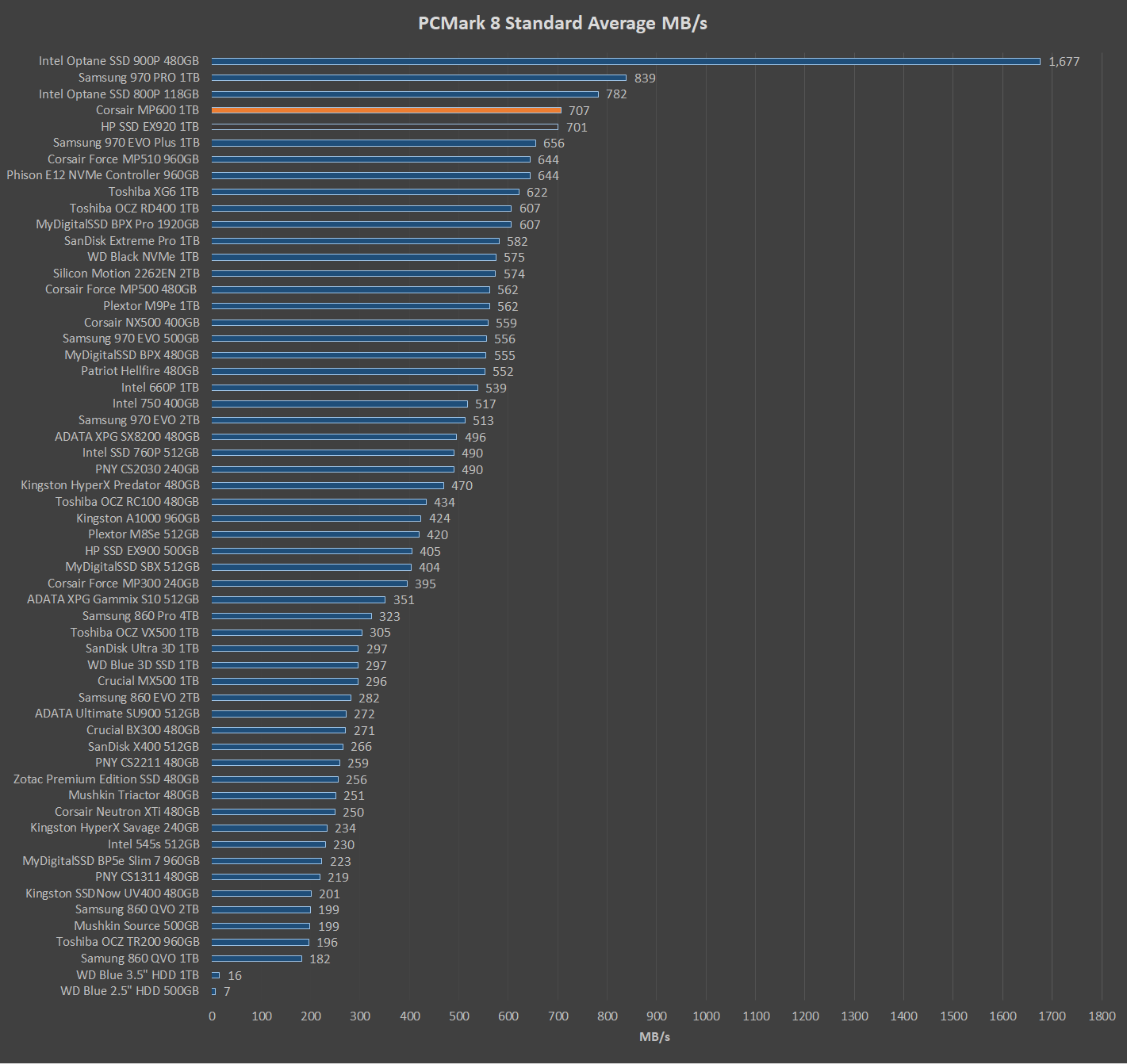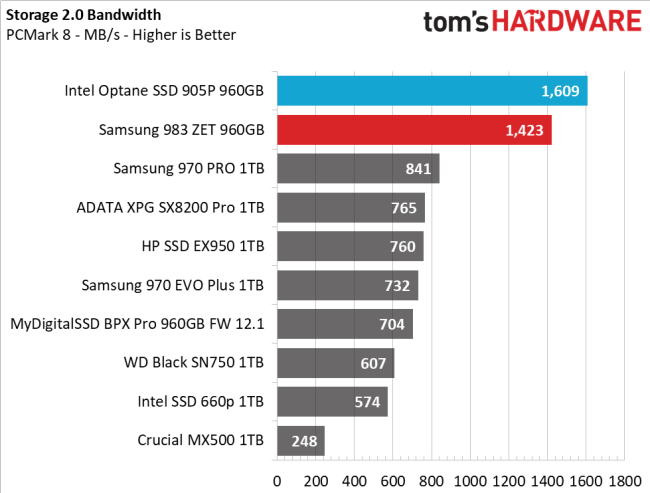erek
[H]F Junkie
- Joined
- Dec 19, 2005
- Messages
- 10,898
Hehe, Awesome performance!
"The read and write speed of SSDs are exceeding far beyond what we need in real life. Recently you've already seen M.2 SSDs perform at the 4GB/s and 5GB/s marker, well, no you may add to that Lexar, who showed an example running with read performance of 7 GB/sec."
https://www.guru3d.com/news-story/lexar-hits-7-gbs-with-new-m-2-pcie-4-sdd.html
"The read and write speed of SSDs are exceeding far beyond what we need in real life. Recently you've already seen M.2 SSDs perform at the 4GB/s and 5GB/s marker, well, no you may add to that Lexar, who showed an example running with read performance of 7 GB/sec."
https://www.guru3d.com/news-story/lexar-hits-7-gbs-with-new-m-2-pcie-4-sdd.html
![[H]ard|Forum](/styles/hardforum/xenforo/logo_dark.png)




